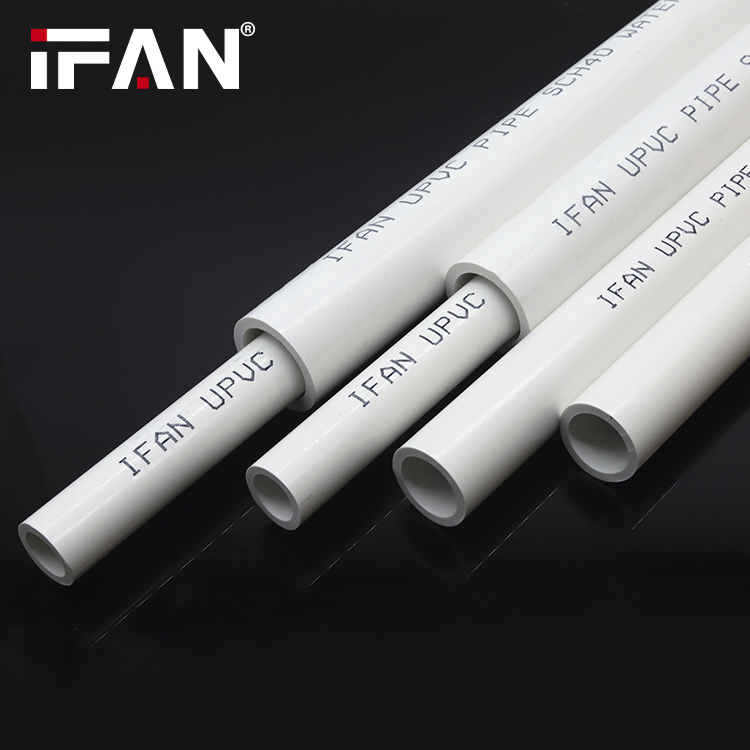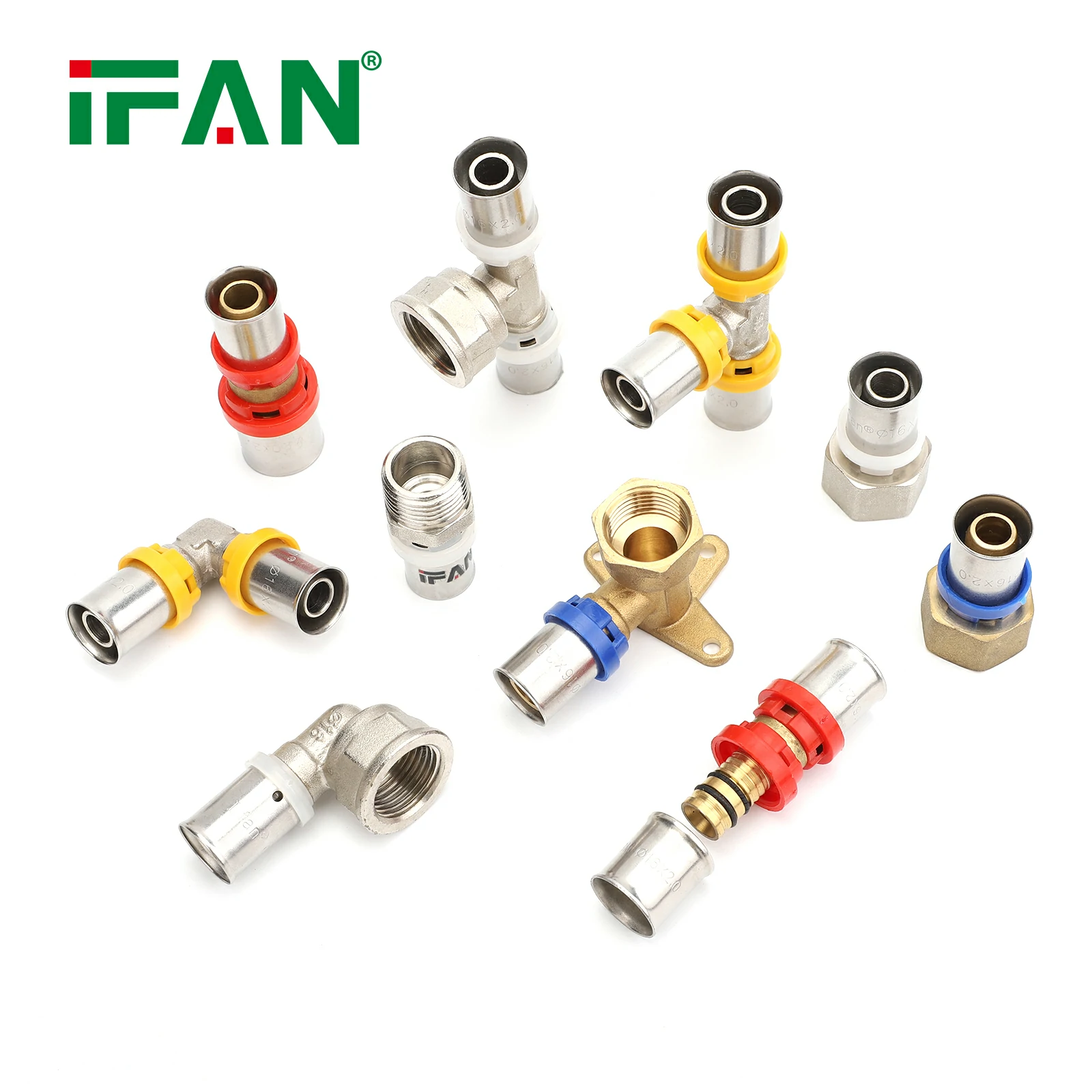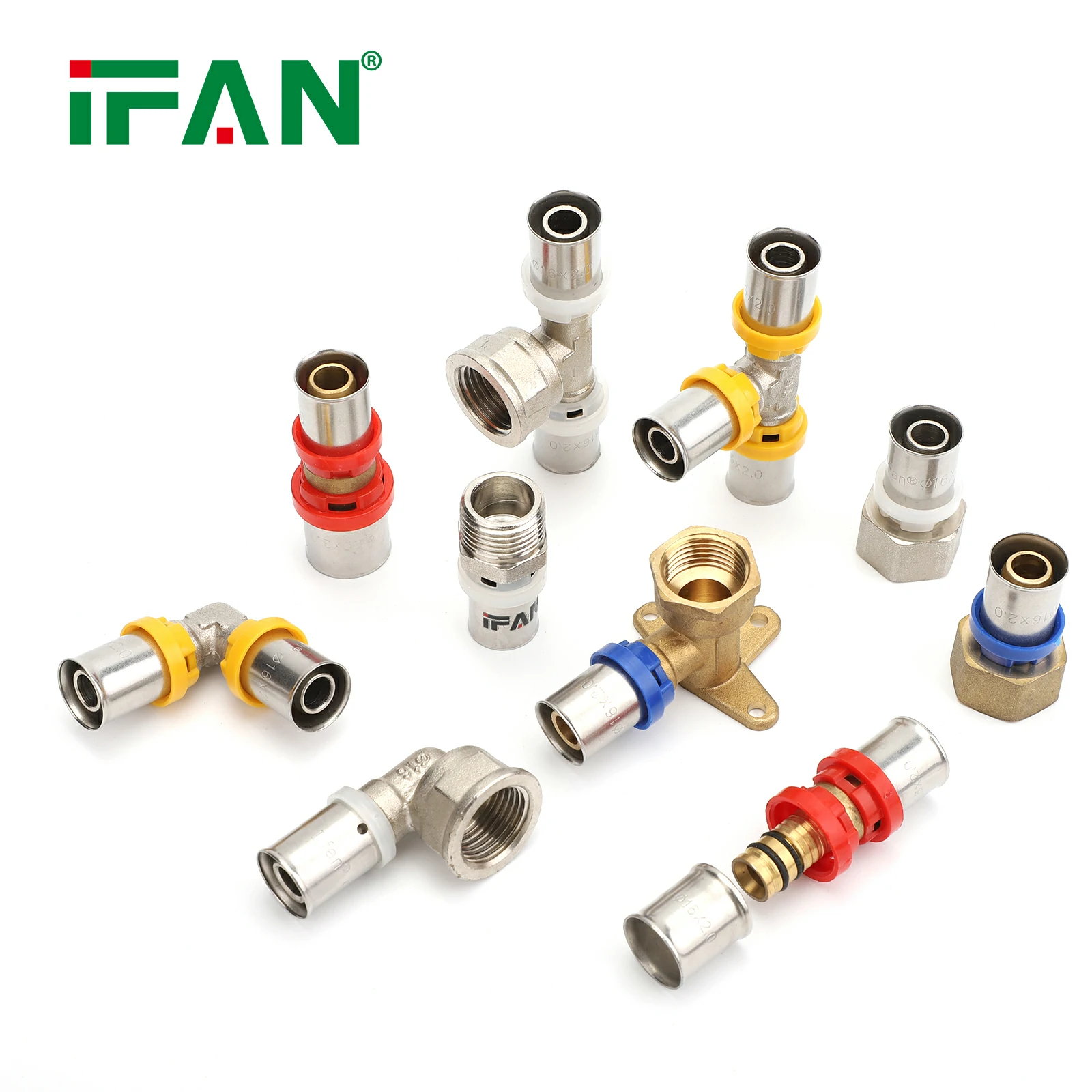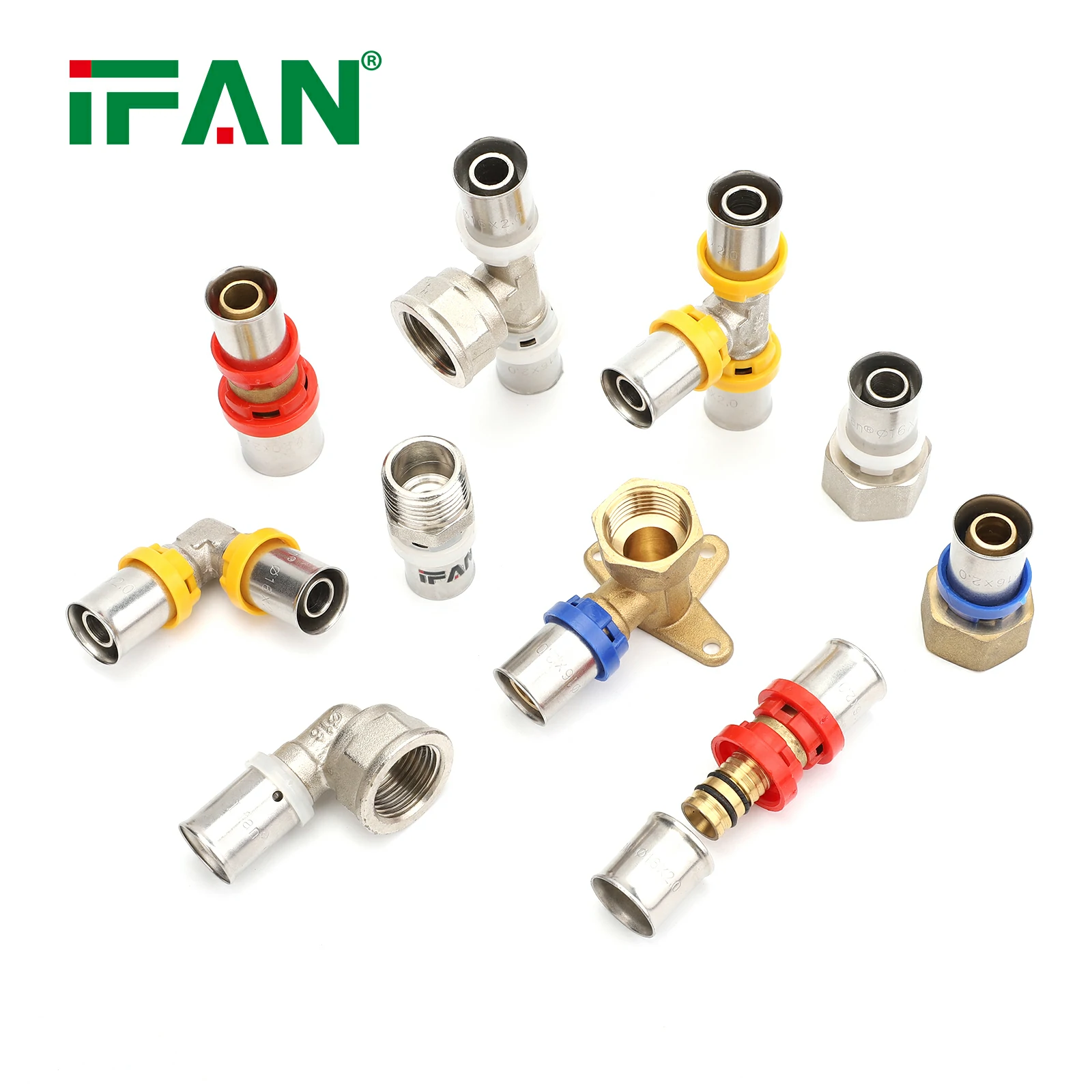When working with plastic pipe fittings, it is important to consider the drying time required for the fittings to fully dry and cure. The drying time can vary depending on various factors, including the type of plastic material, the adhesive or sealant used, and the environmental conditions. This article will explore the drying times for plastic pipe fittings and provide information on different types of fittings and their specific drying requirements.
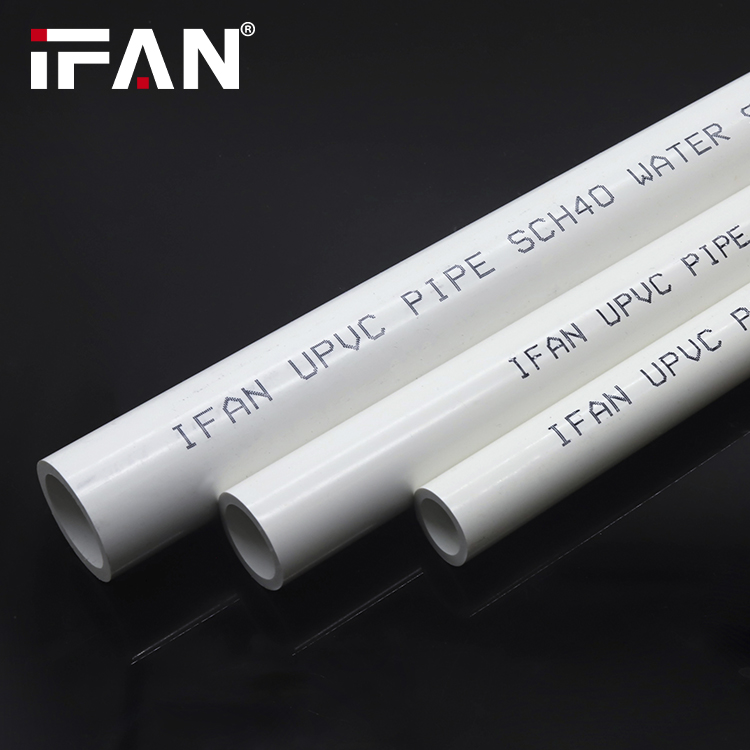
PVC Pipe Fittings
Polyvinyl chloride (PVC) pipe fittings are commonly used in plumbing and construction applications. PVC fittings are typically joined using PVC cement, which is a solvent-based adhesive. The drying time for PVC cement can vary, but it is generally recommended to allow the joints to dry for a minimum of two hours before pressurizing or handling them. The drying time can be affected by factors such as temperature and humidity, with higher temperatures and lower humidity levels accelerating the drying process.
Heat Fusion Pipe Fittings
Heat fusion is often used for plastic pipe fittings made of materials such as polyethylene (PE) or polypropylene (PP). Heat fusion involves heating the fittings to a specific temperature to melt the plastic, creating a strong bond when the material cools and solidifies. The cooling time for heat fusion joints can range from a few minutes to several hours, depending on the size and thickness of the fitting and the ambient temperature. Manufacturers typically provide guidelines for the cooling time required for heat fusion joints.
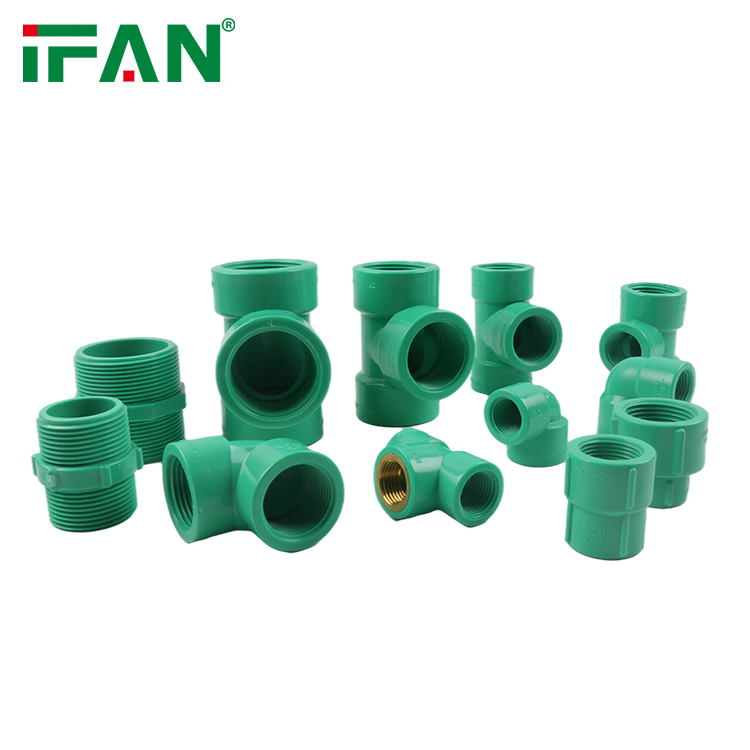
Mechanical Connections
Some plastic pipe fittings, such as compression fittings or threaded fittings, do not require drying time as they rely on physical tightening or threading to create a secure connection. These fittings can be used immediately after installation, as long as they are properly tightened and do not show any signs of leakage. Mechanical connections offer the advantage of quick installation without the need for drying or curing time.
Specialized Adhesives
Certain plastic pipe fittings may require specialized adhesives or sealants for joining. These adhesives can have varying drying times depending on the manufacturer’s recommendations. For example, ABS cement is commonly used for acrylonitrile butadiene styrene (ABS) fittings and typically requires a drying time of around 24 hours before the fitting can be used. It is crucial to follow the manufacturer’s instructions and guidelines for the specific adhesive or sealant being used to ensure proper drying and bonding.
Environmental Factors
Environmental factors, such as temperature and humidity, can significantly influence the drying time of plastic pipe fittings. Higher temperatures and lower humidity levels generally accelerate the drying process, while lower temperatures and higher humidity levels can prolong the drying time. It is important to take these factors into account and follow the manufacturer’s recommendations to ensure the fittings fully dry and cure before being subjected to pressure or handling.

Conclusion
The drying time for plastic pipe fittings depends on various factors, including the type of plastic material, the adhesive or sealant used, and the environmental conditions. PVC pipe fittings typically require a minimum of two hours of drying time after the application of solvent-based PVC cement. Heat fusion joints can take several minutes to several hours to cool and solidify, depending on the size and ambient temperature. Mechanical connections do not require drying time and can be used immediately after installation. Specialized adhesives or sealants may have specific drying time recommendations, and it is essential to follow the manufacturer’s guidelines. Considering environmental factors such as temperature and humidity is crucial to ensure proper drying and bonding of plastic pipe fittings.
